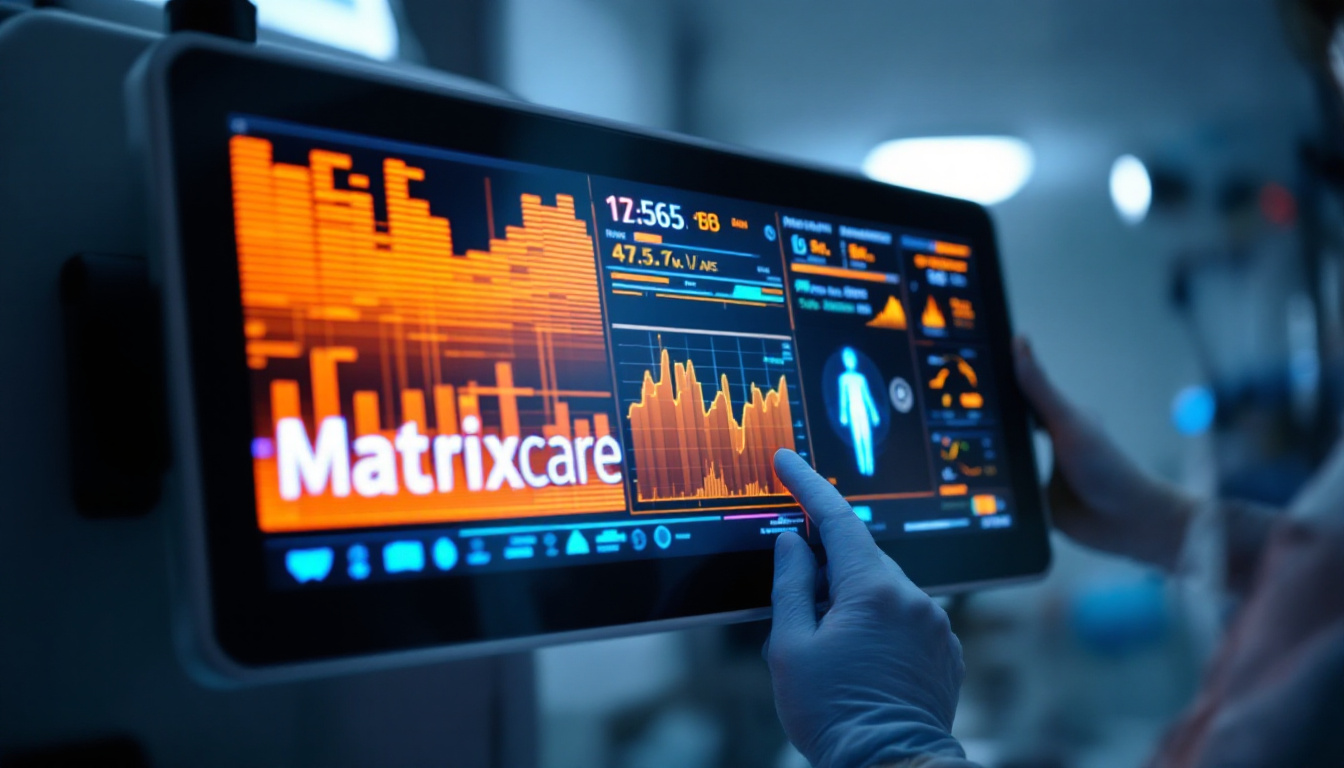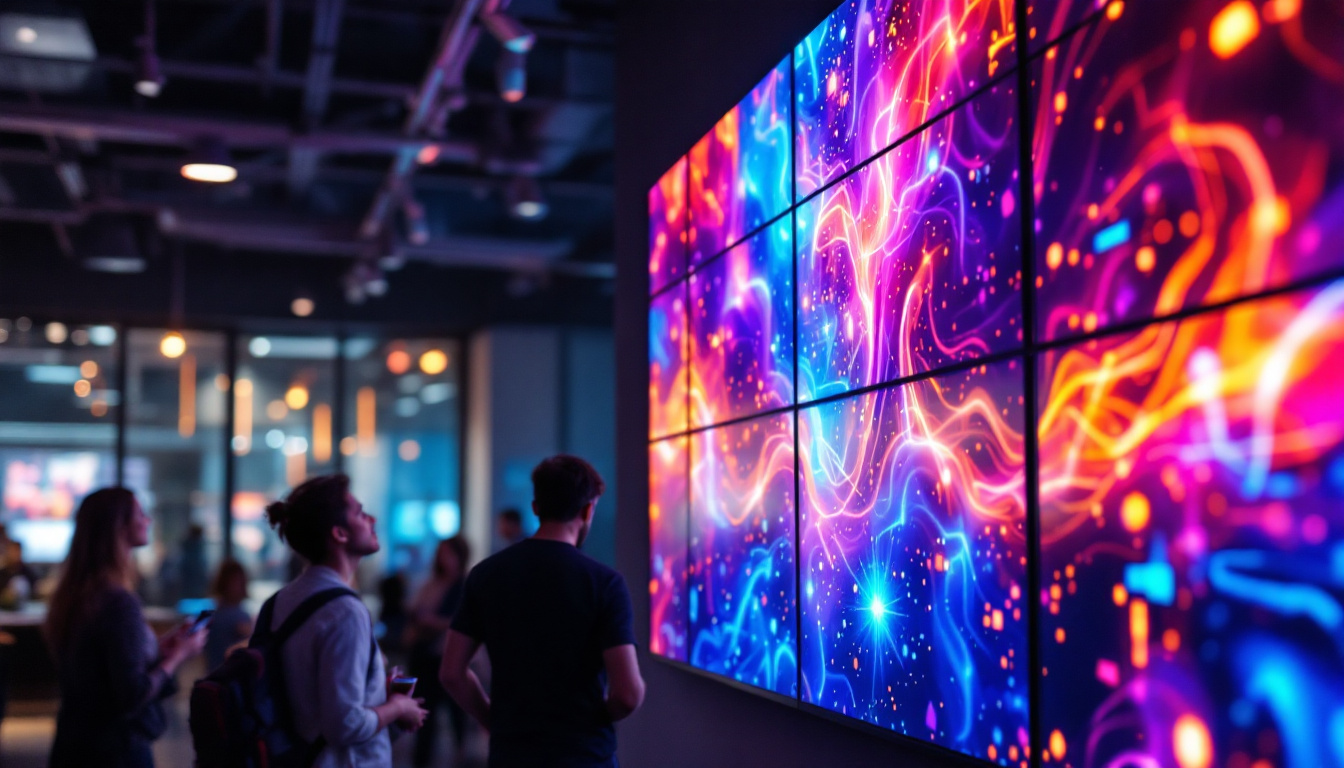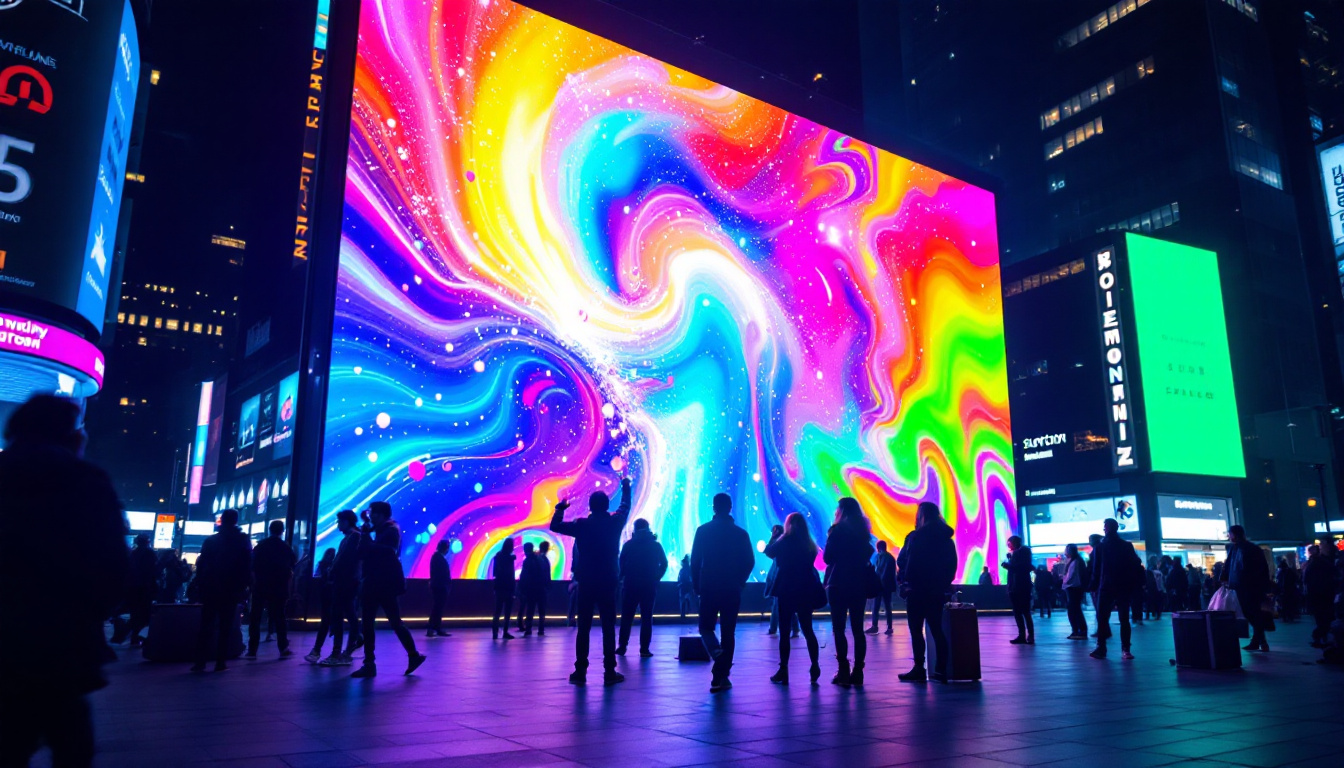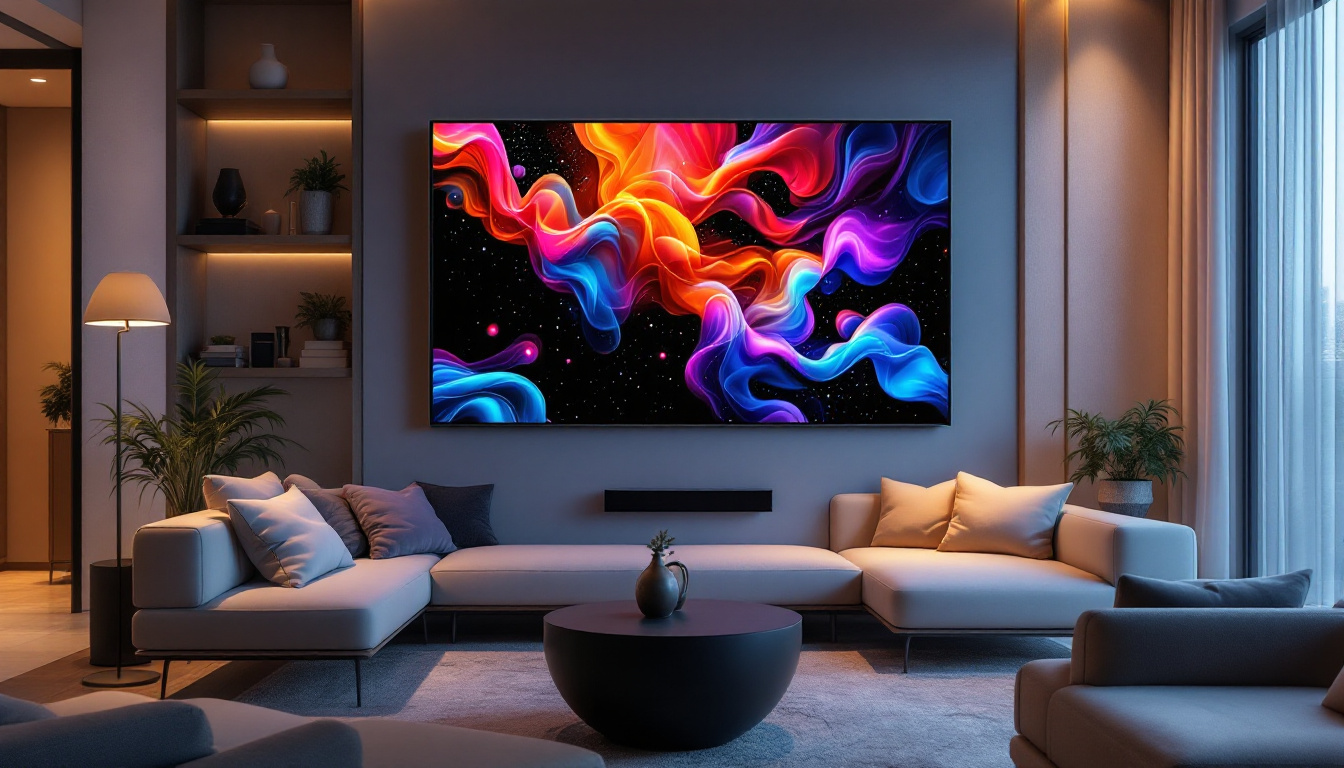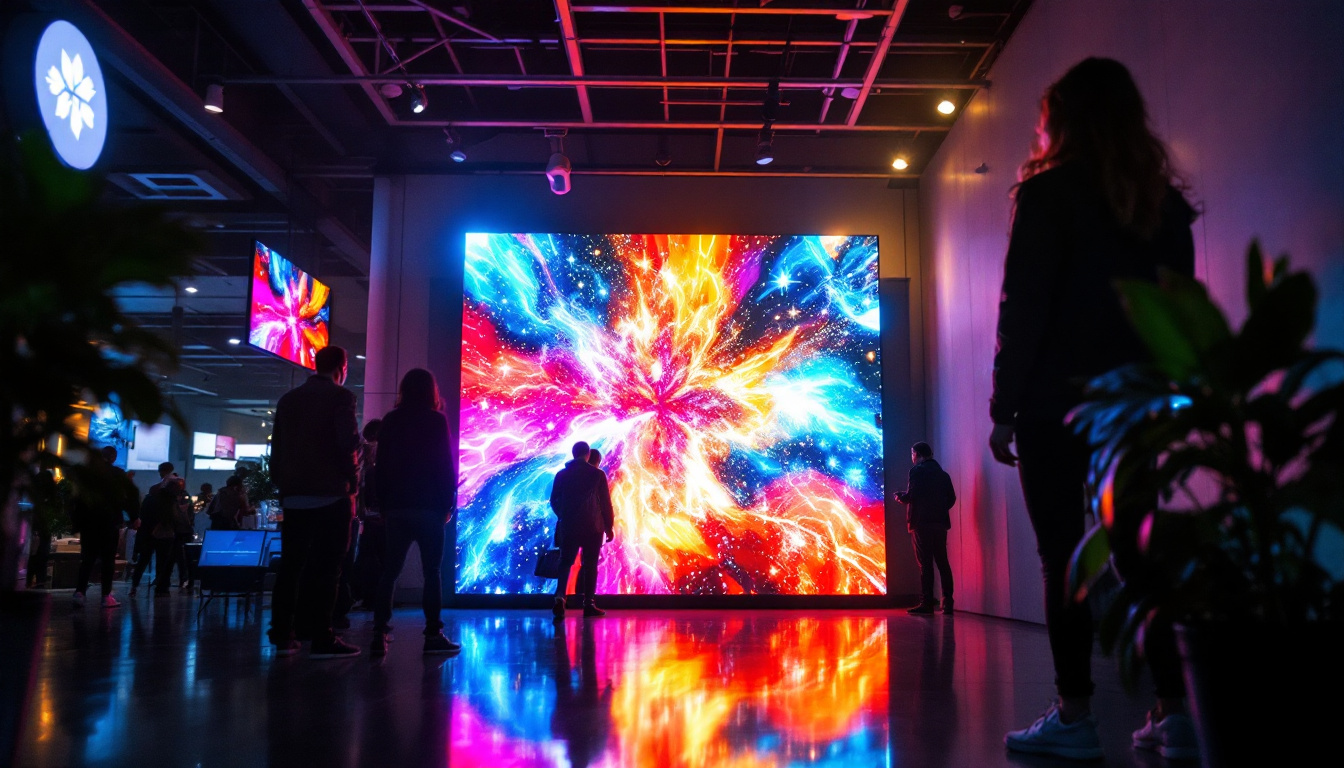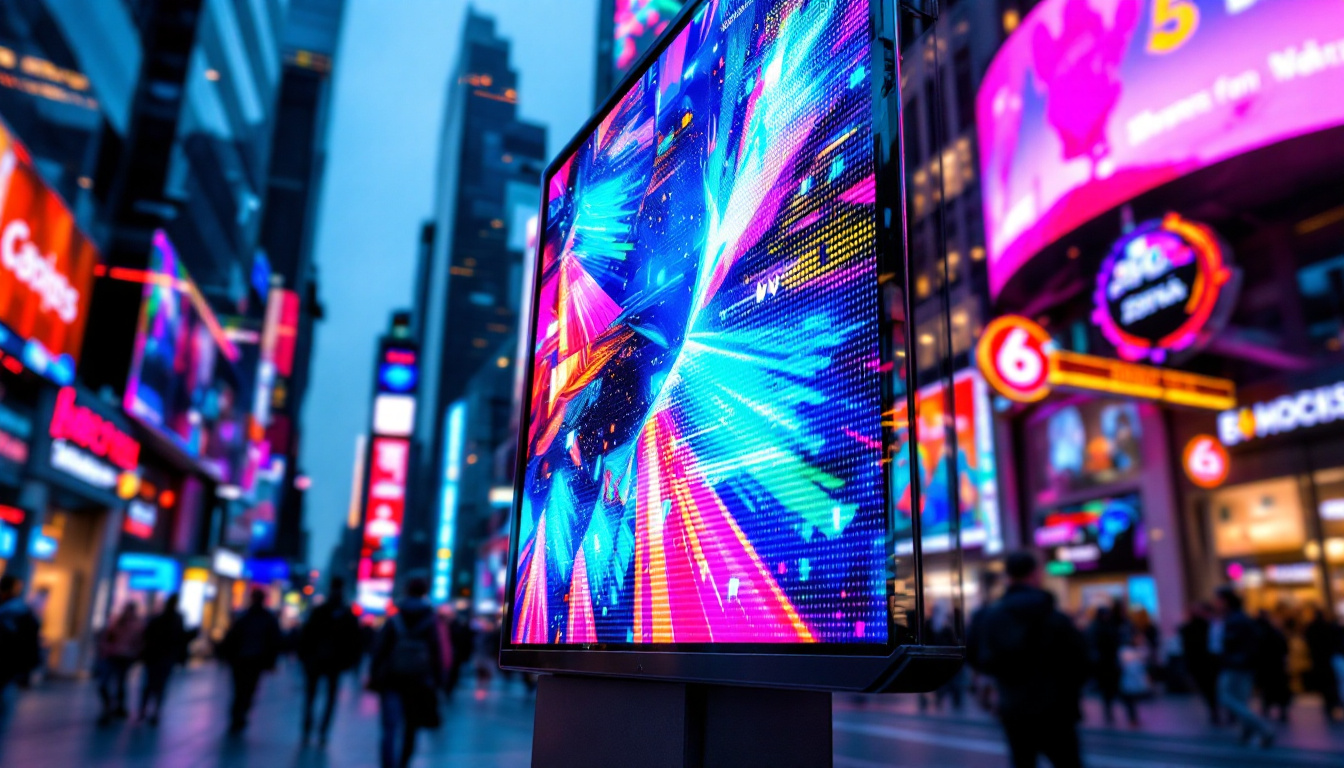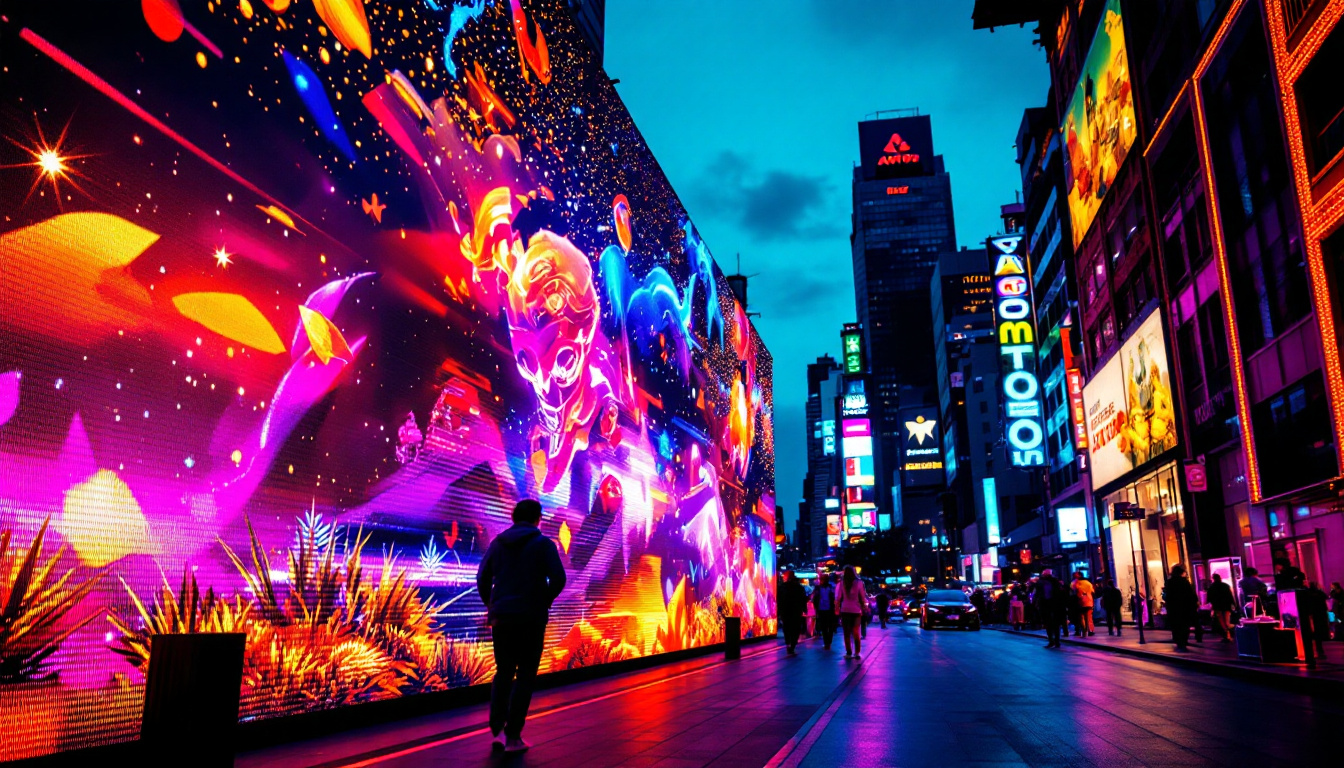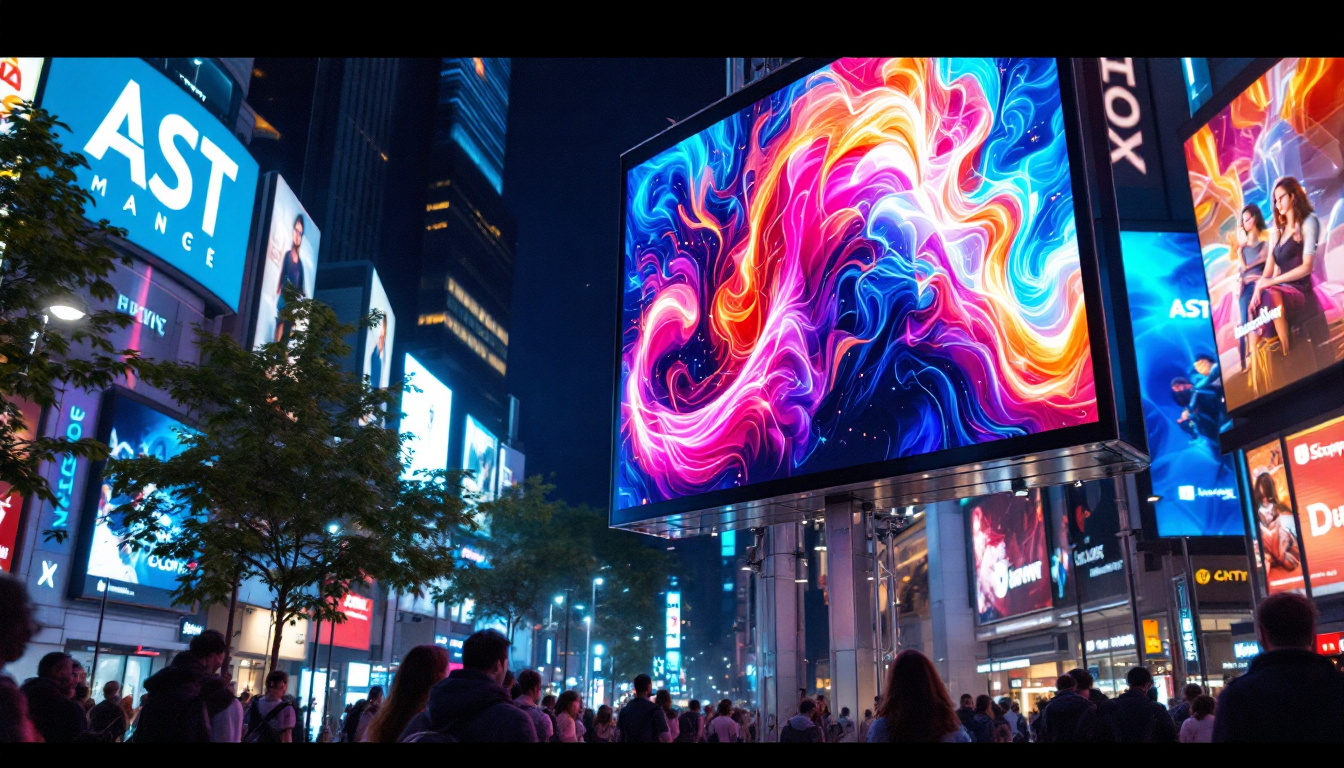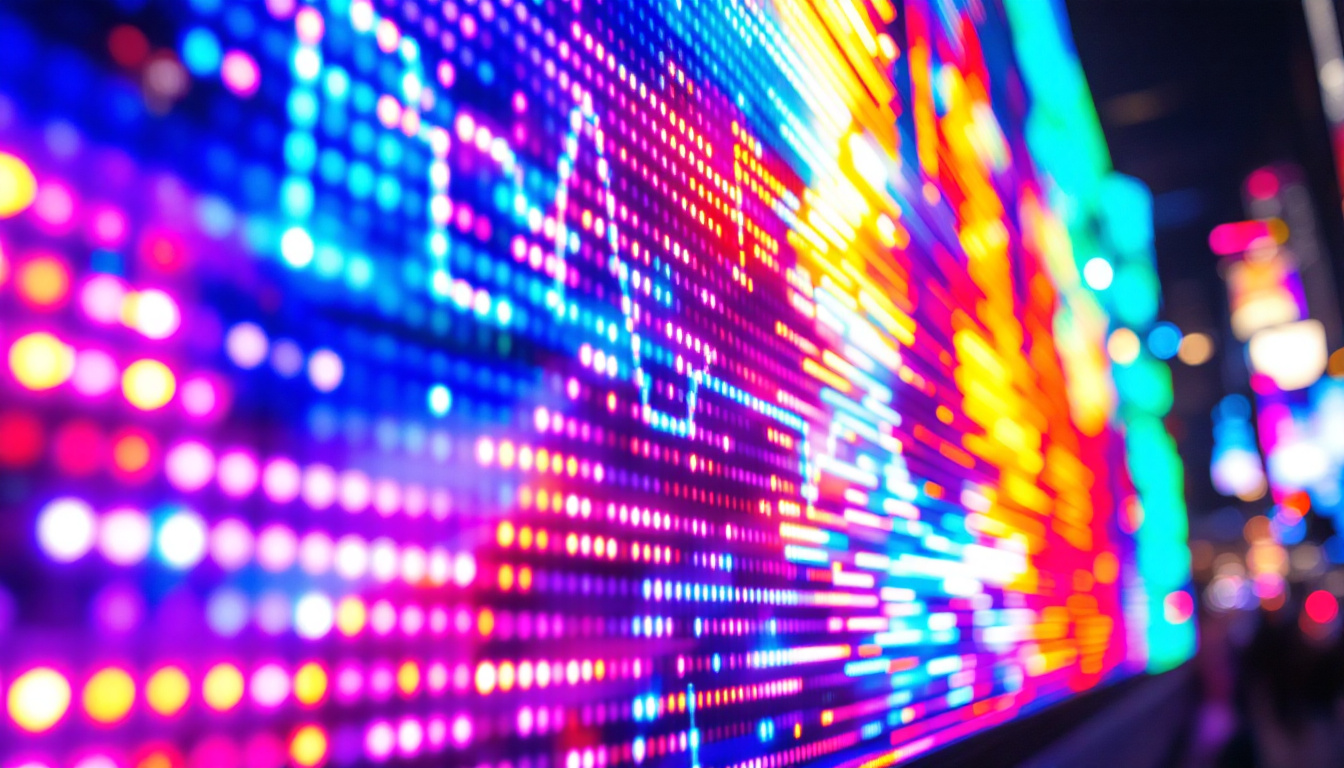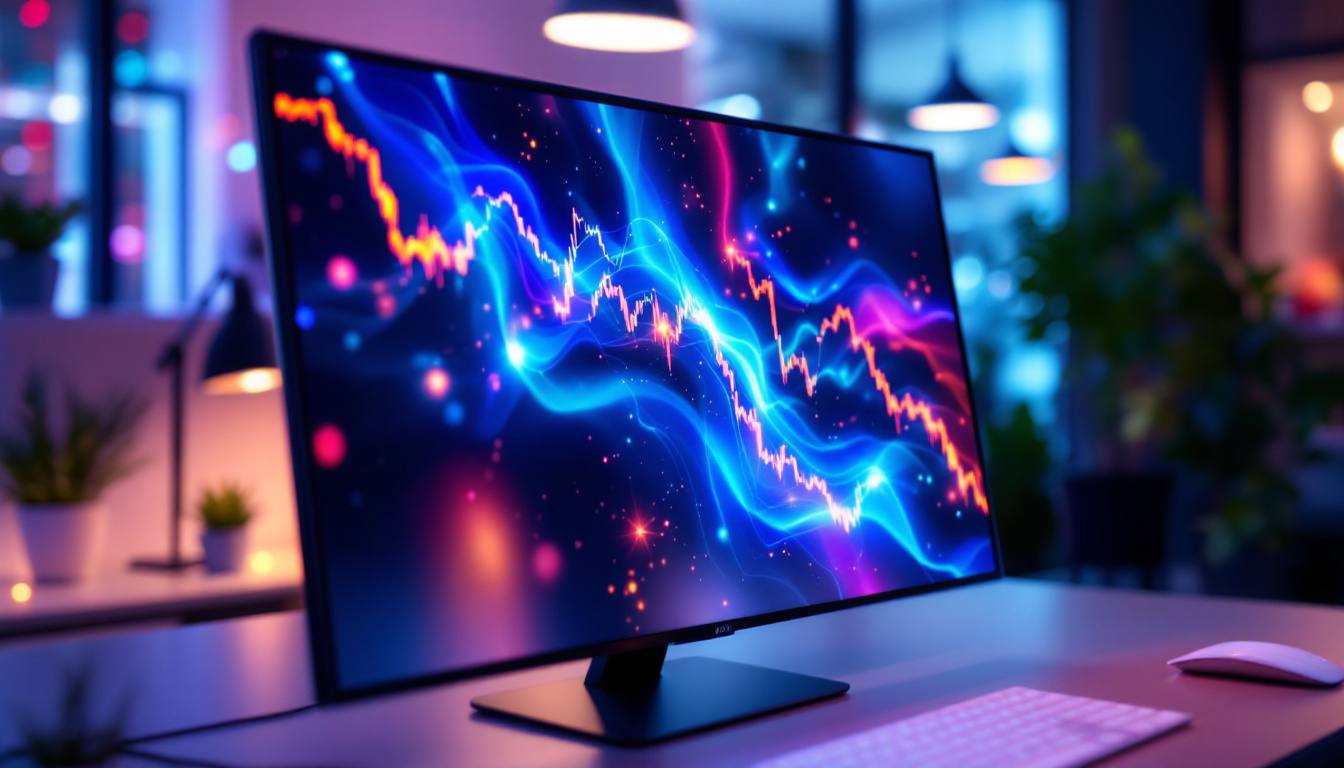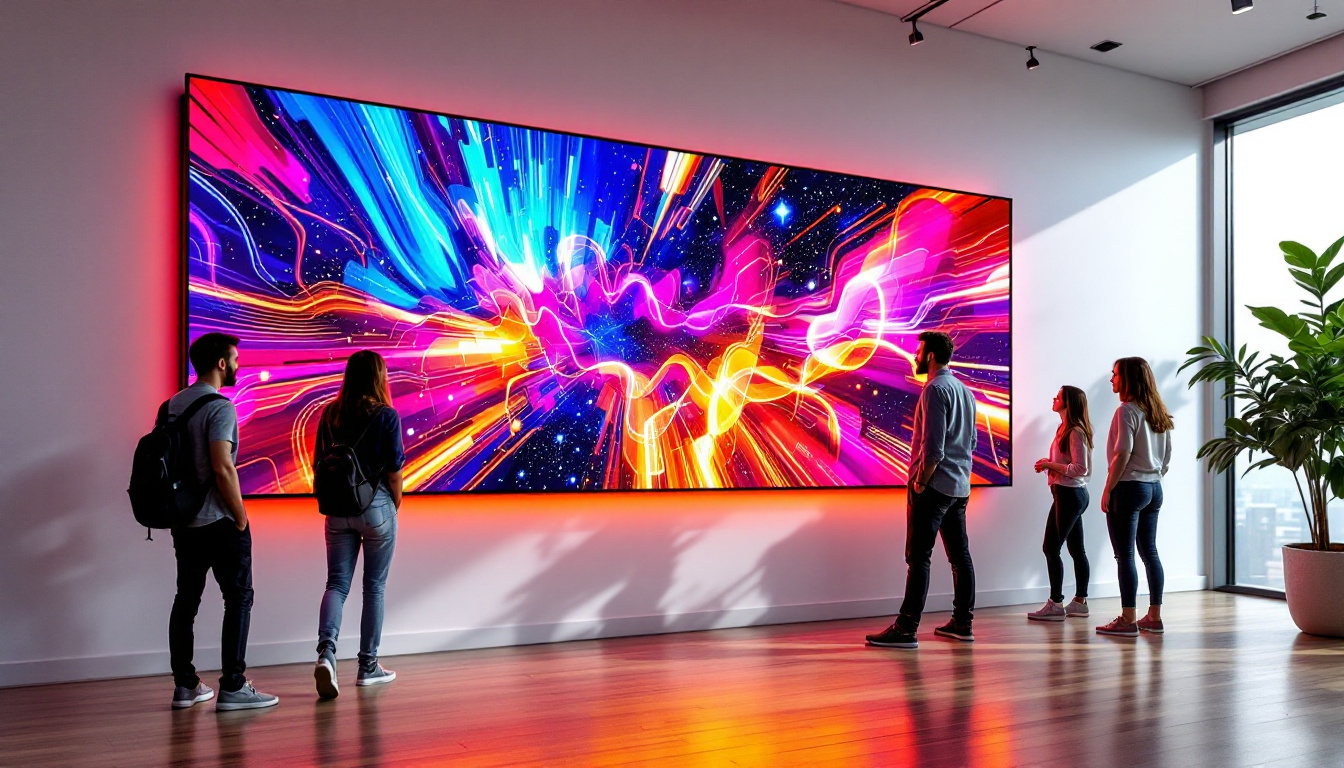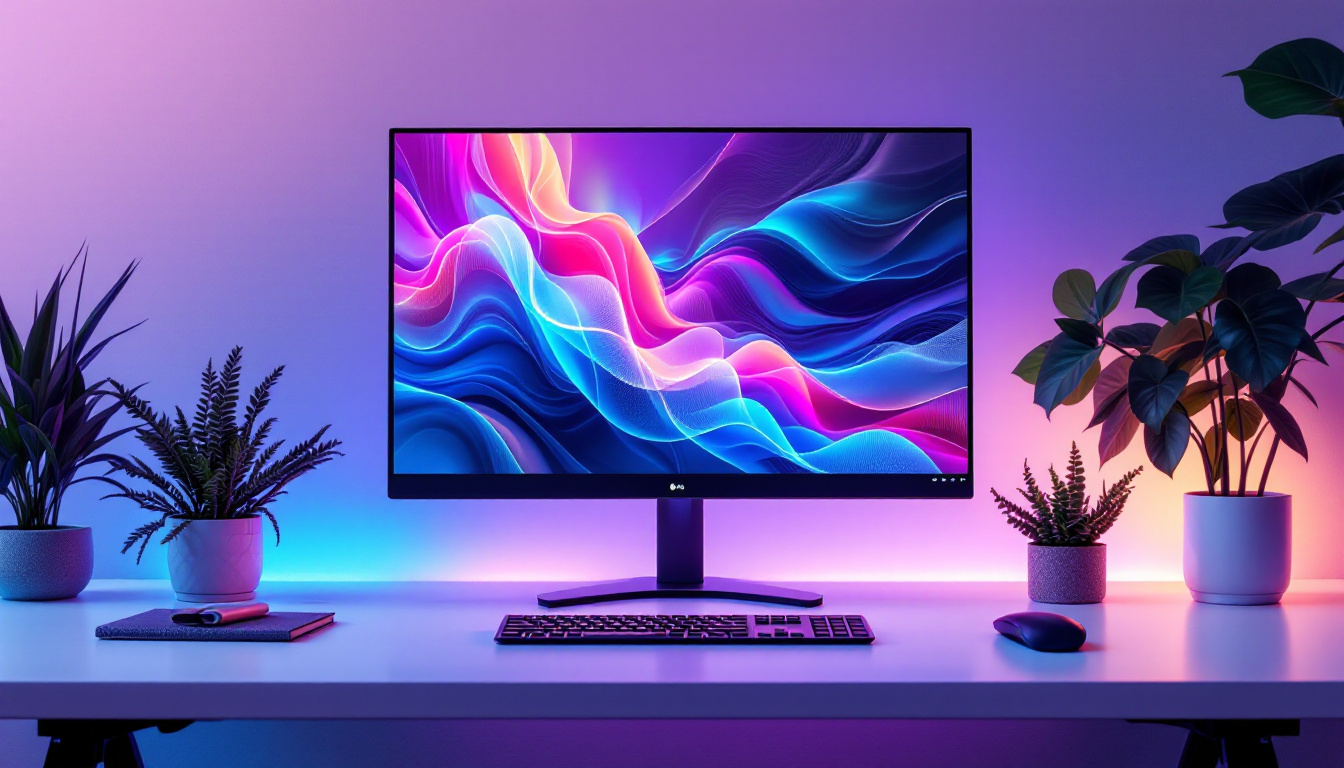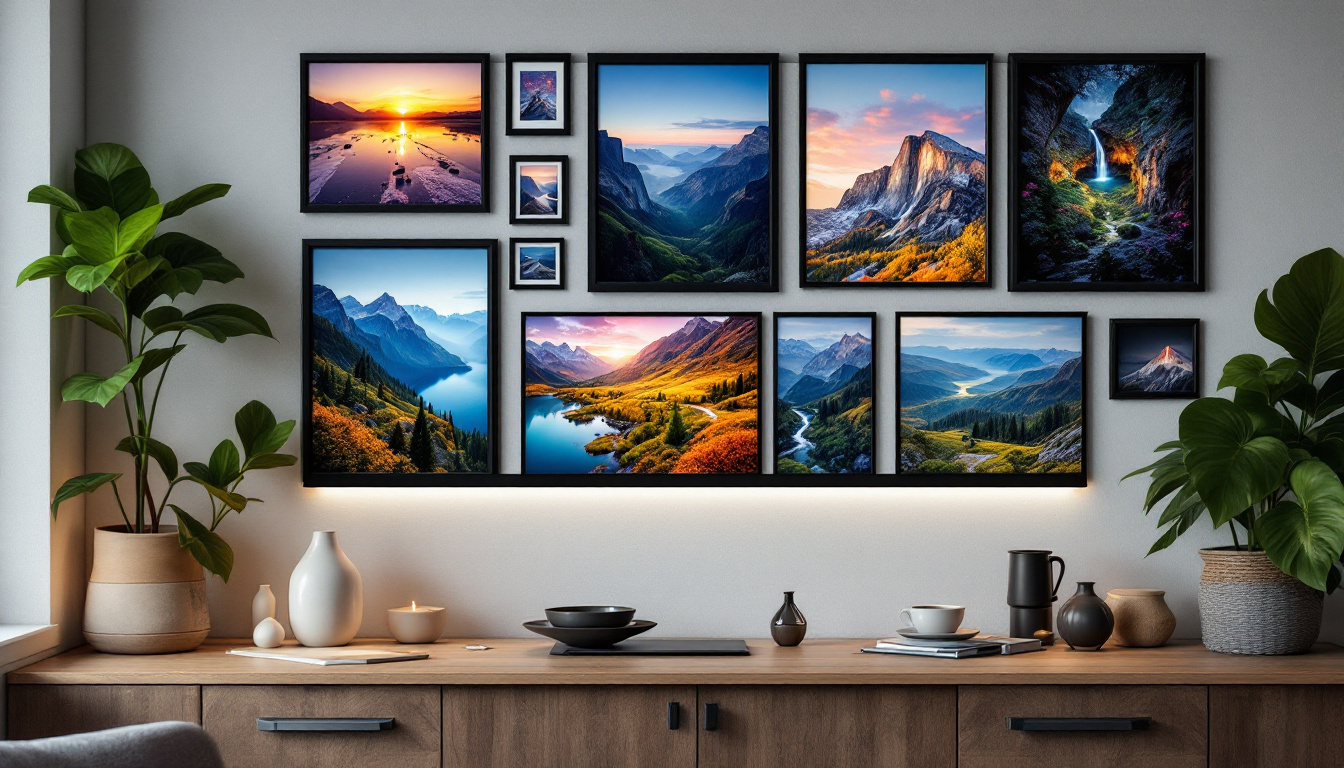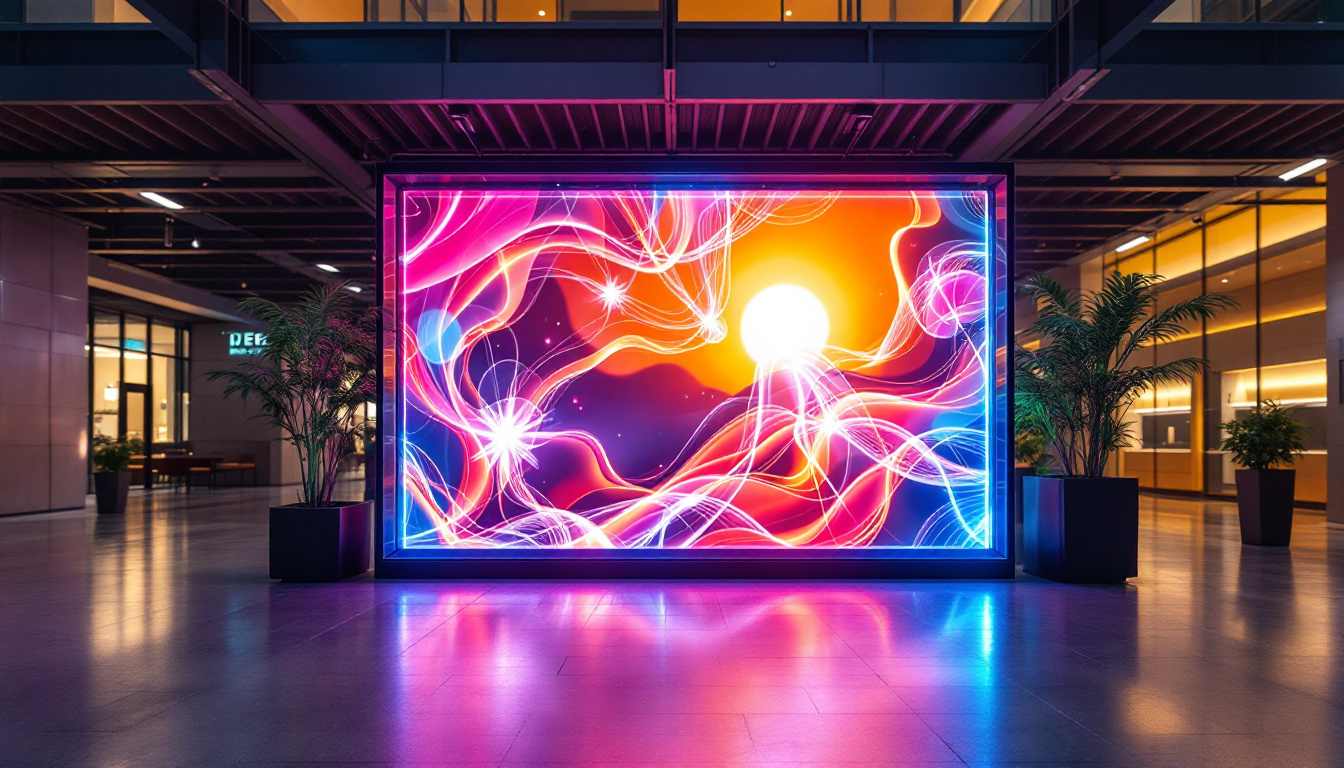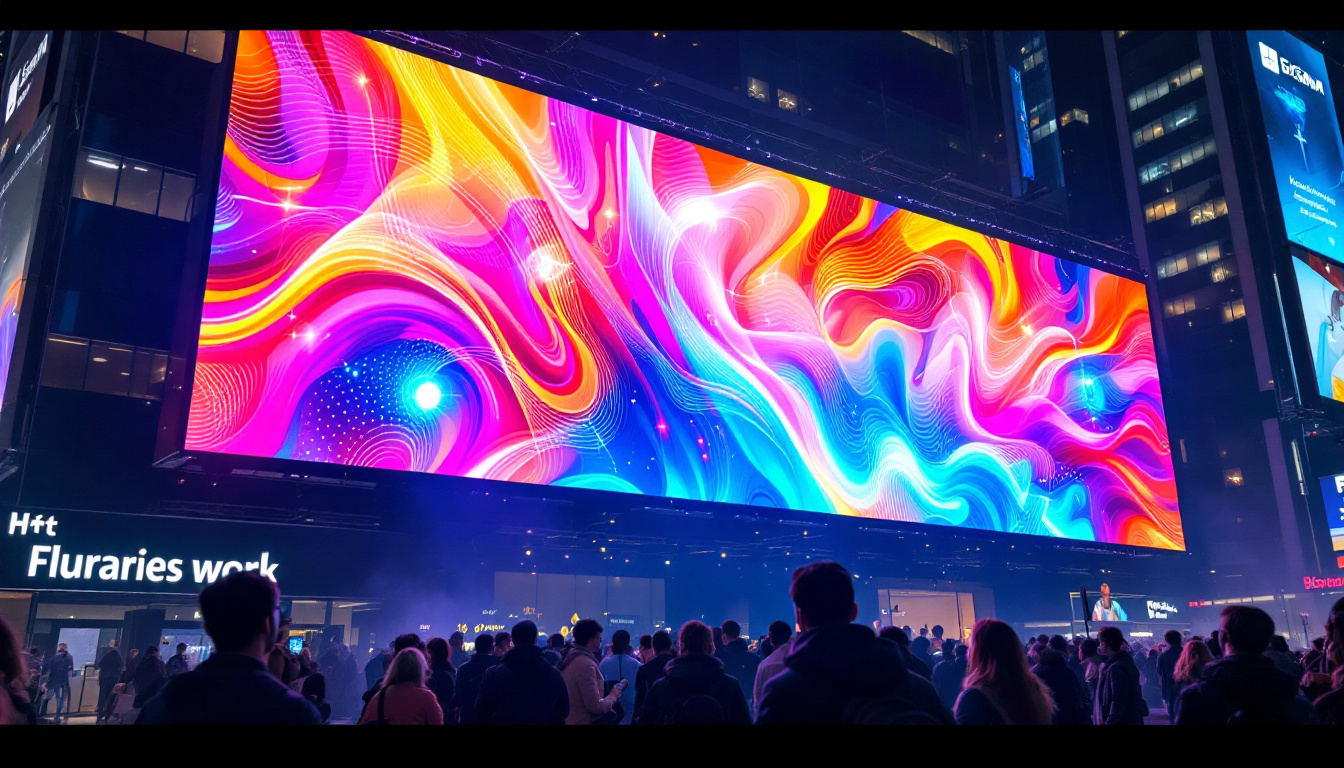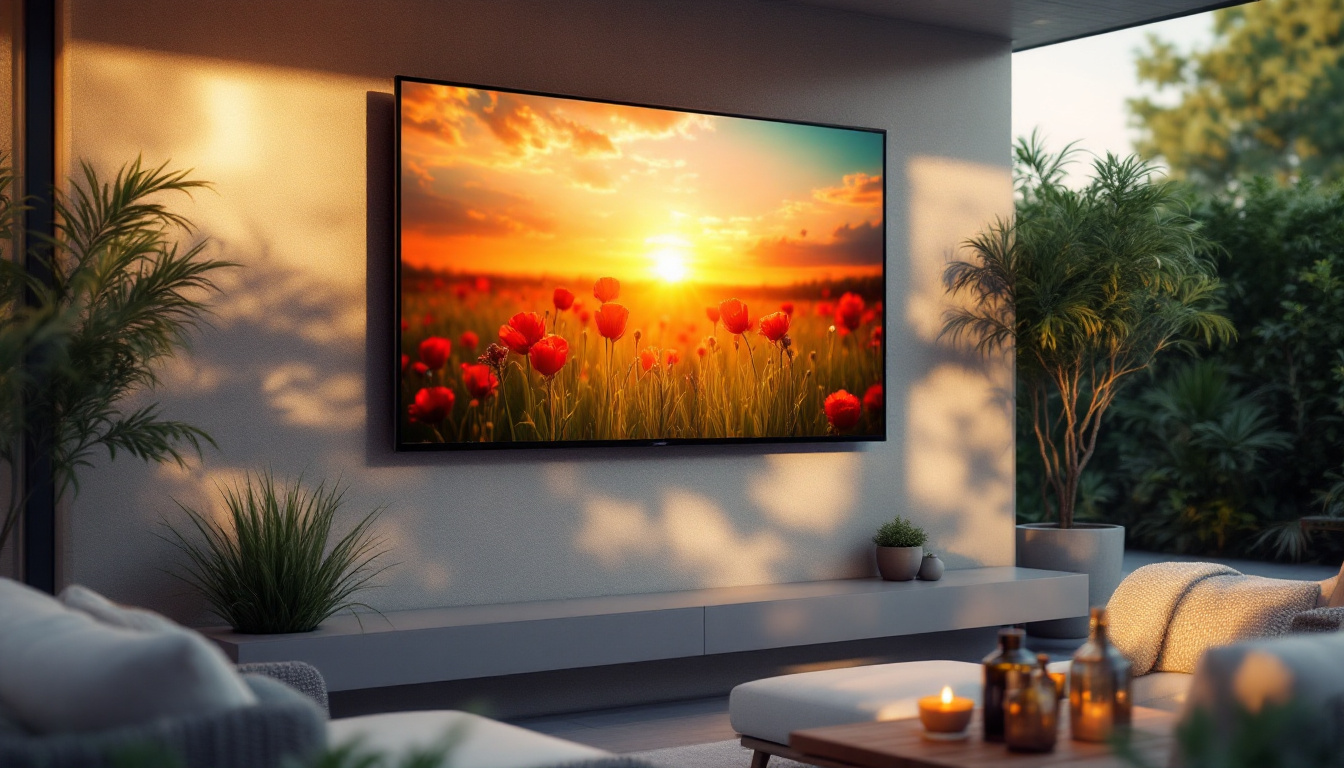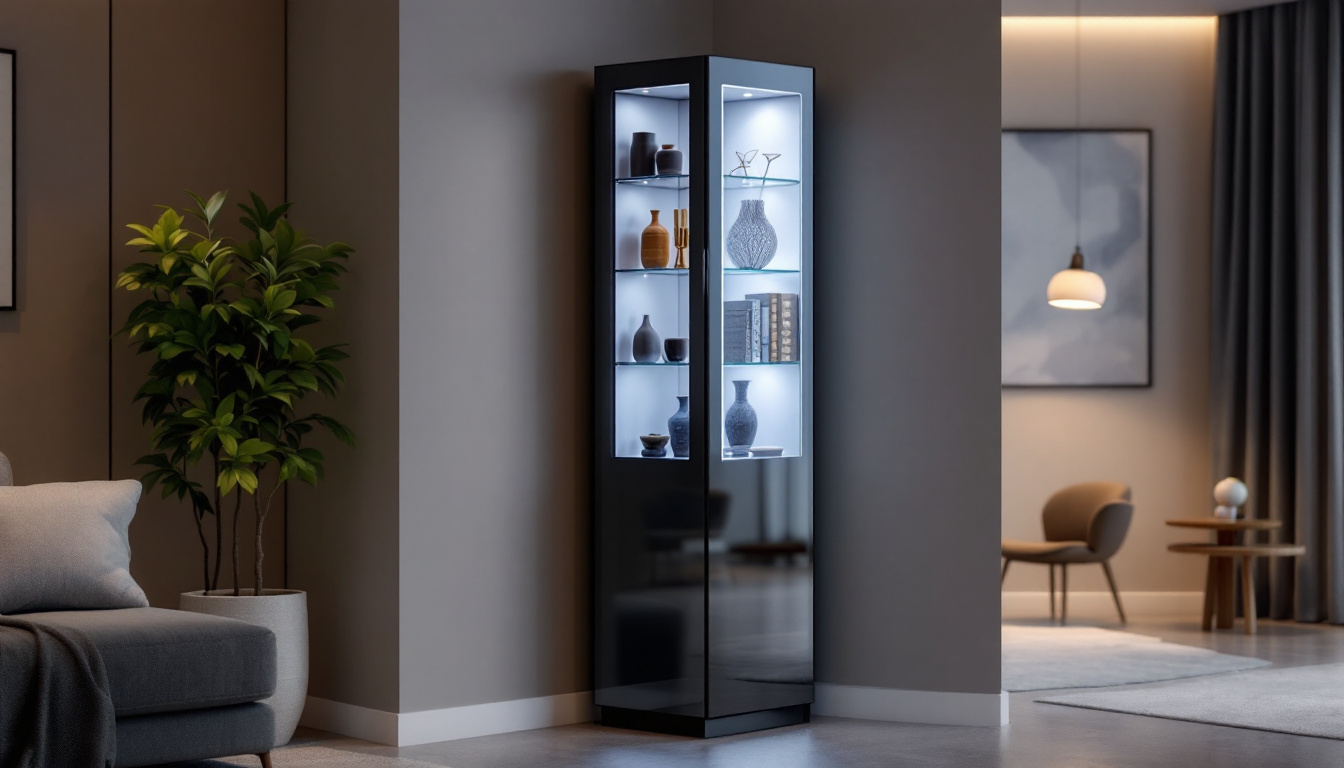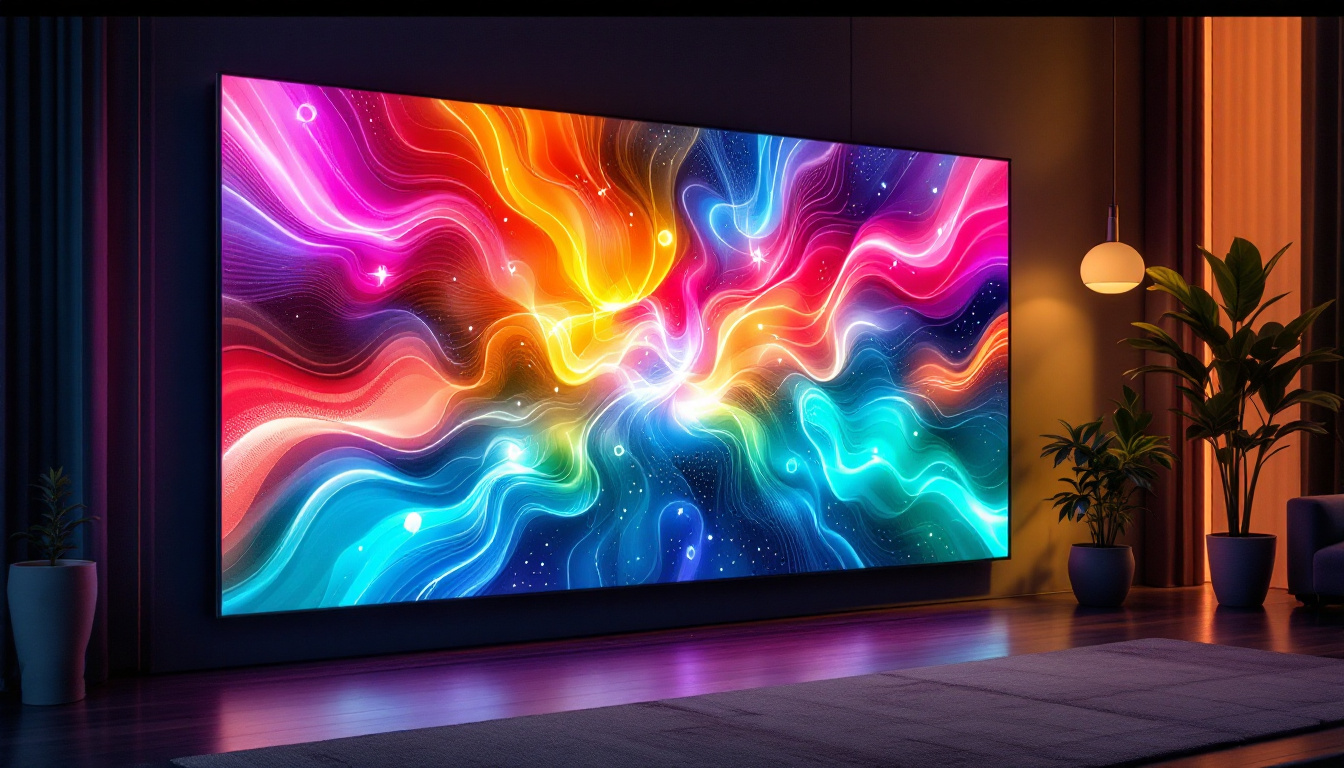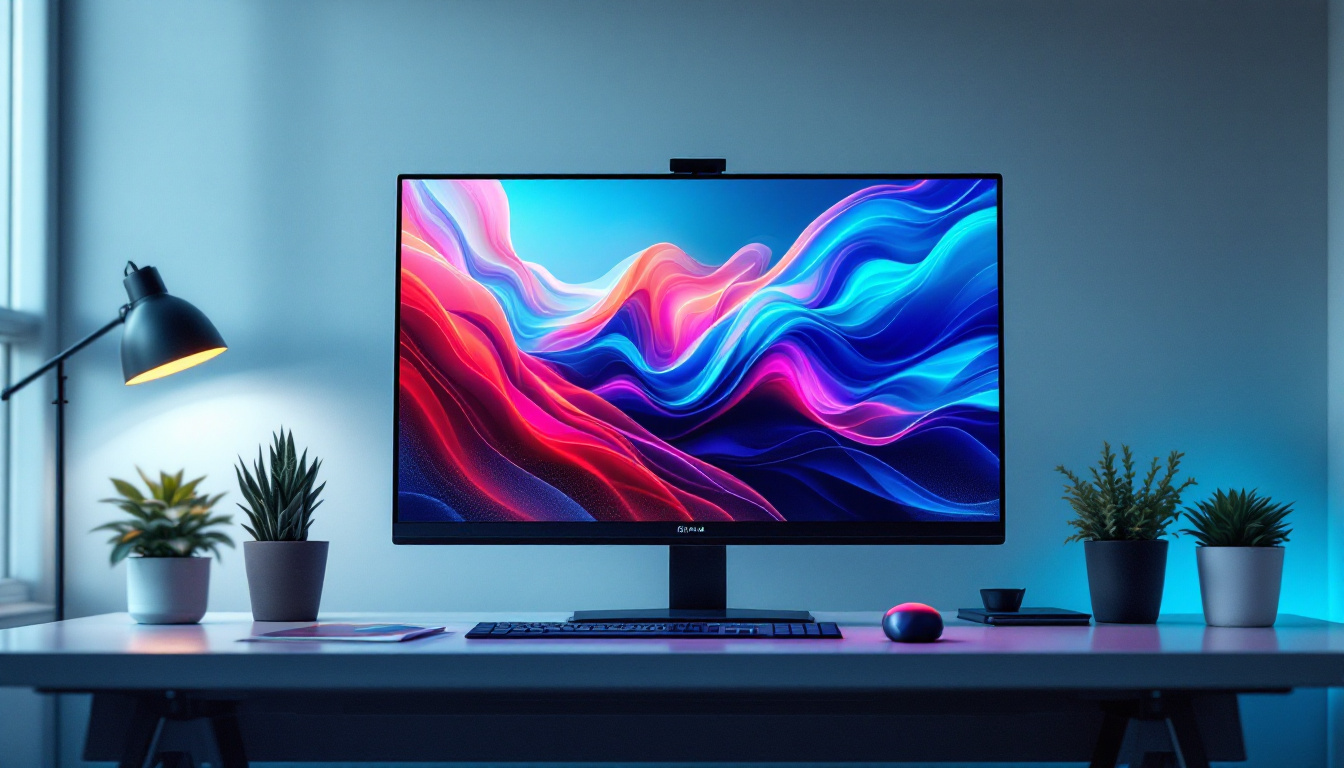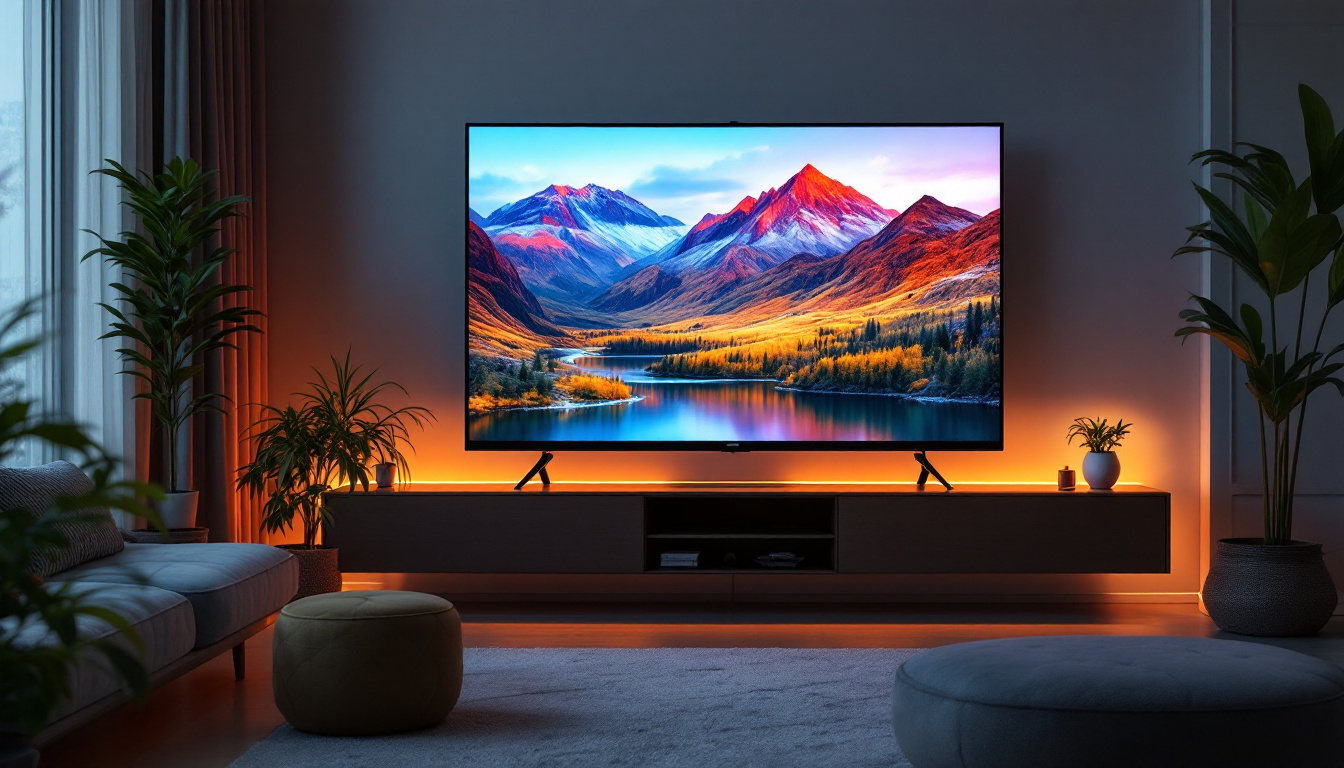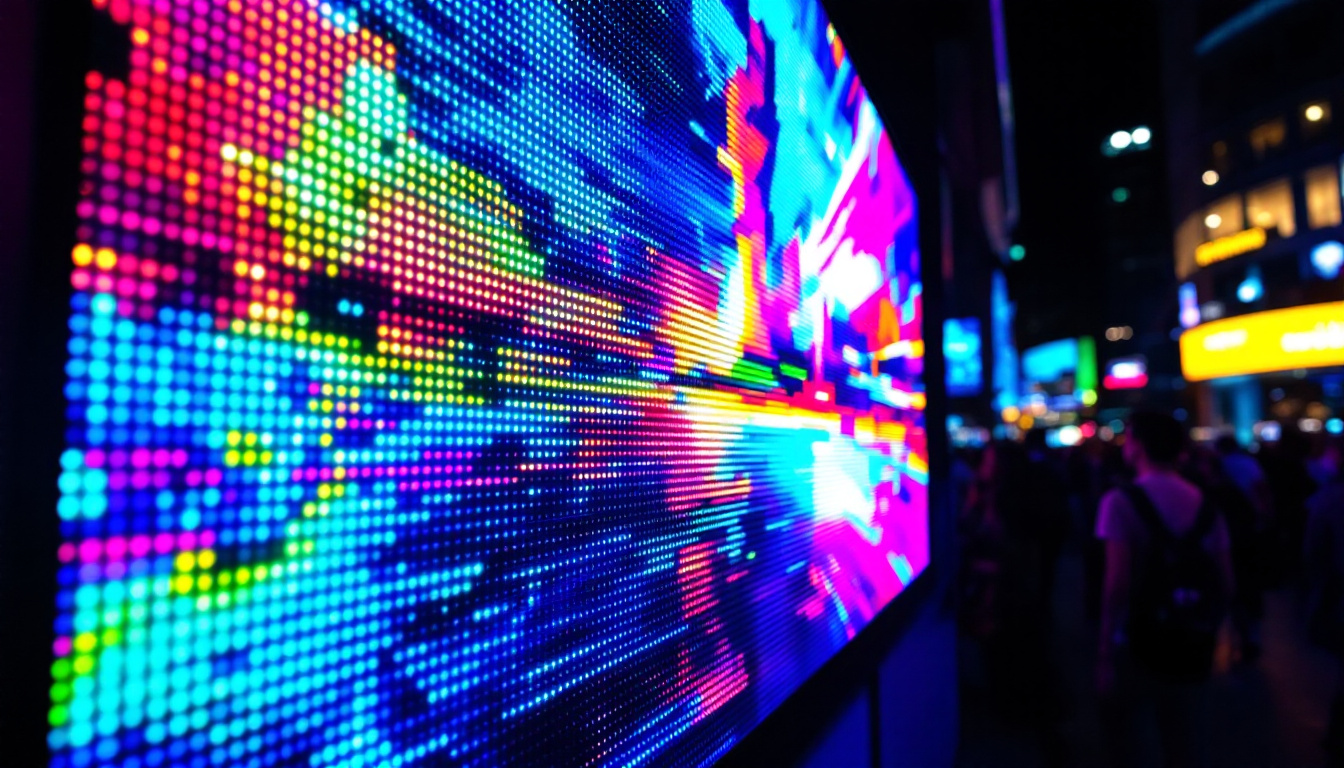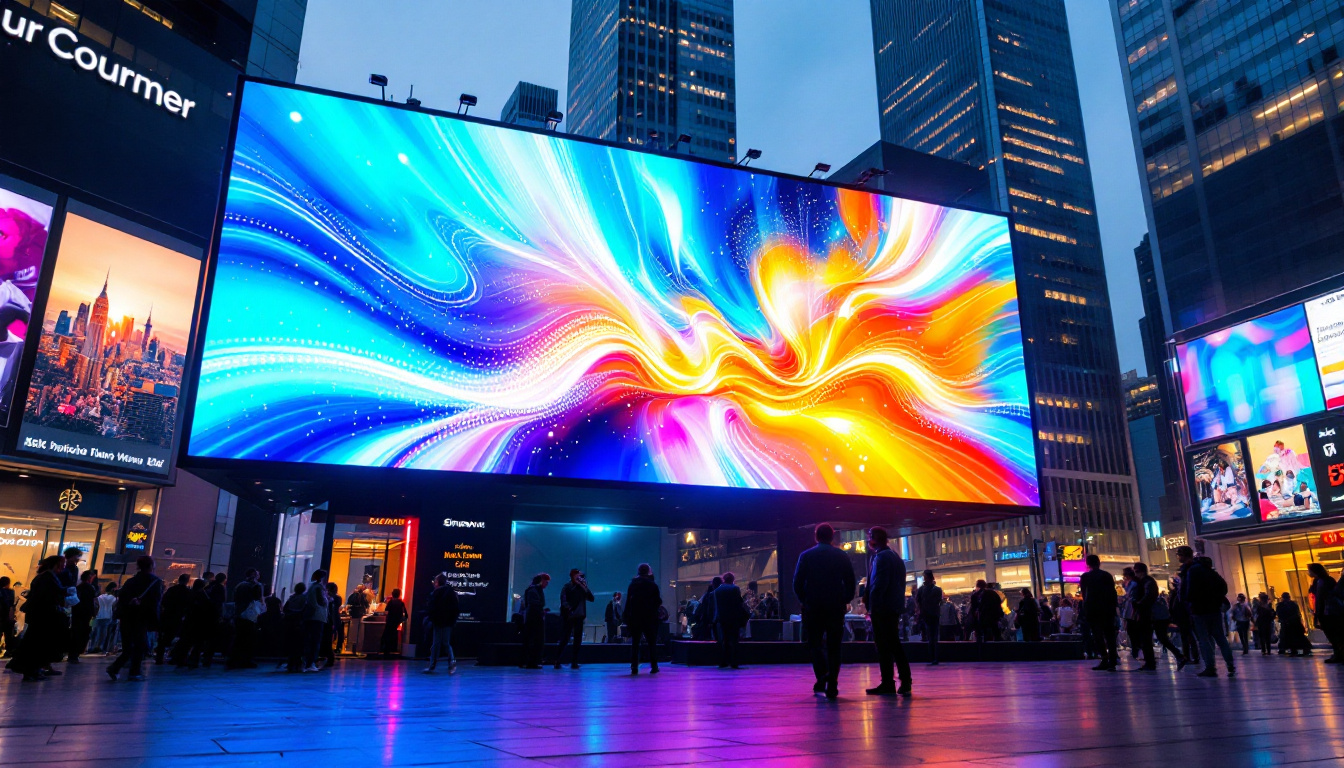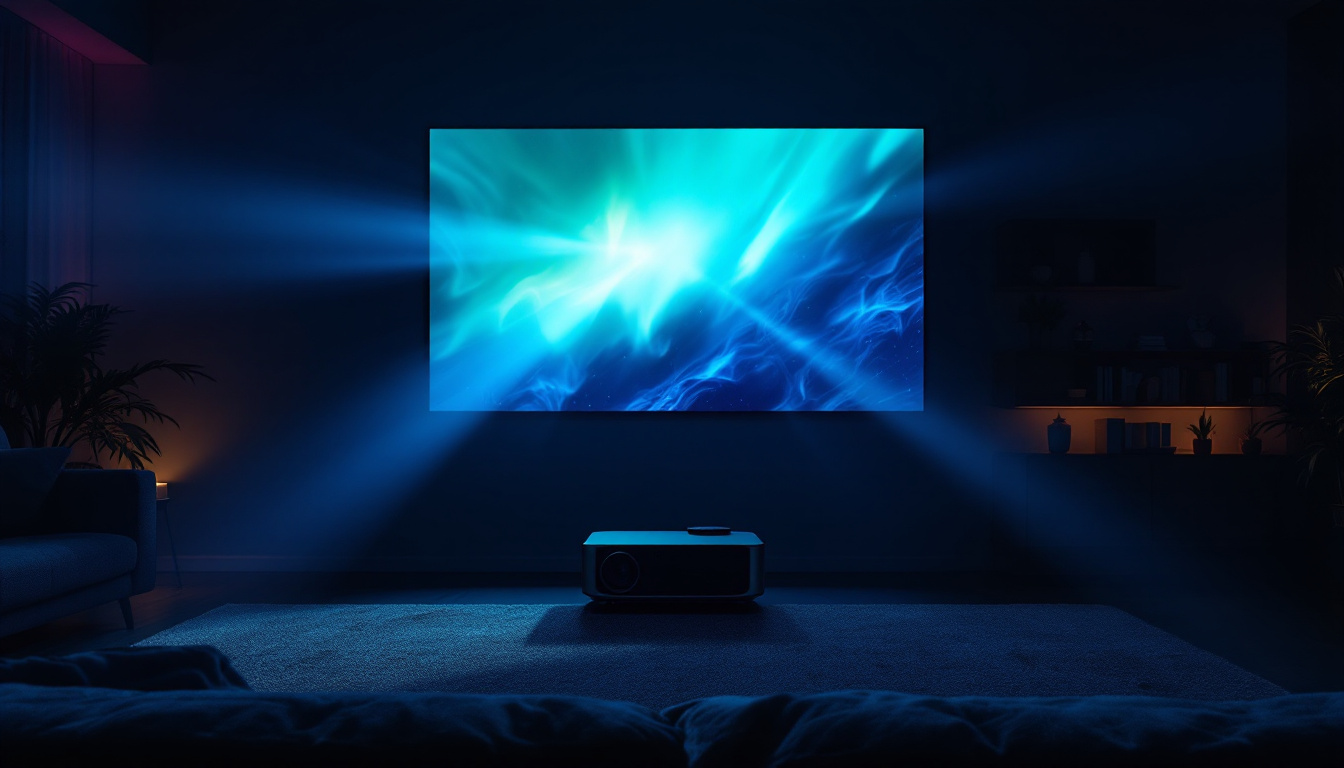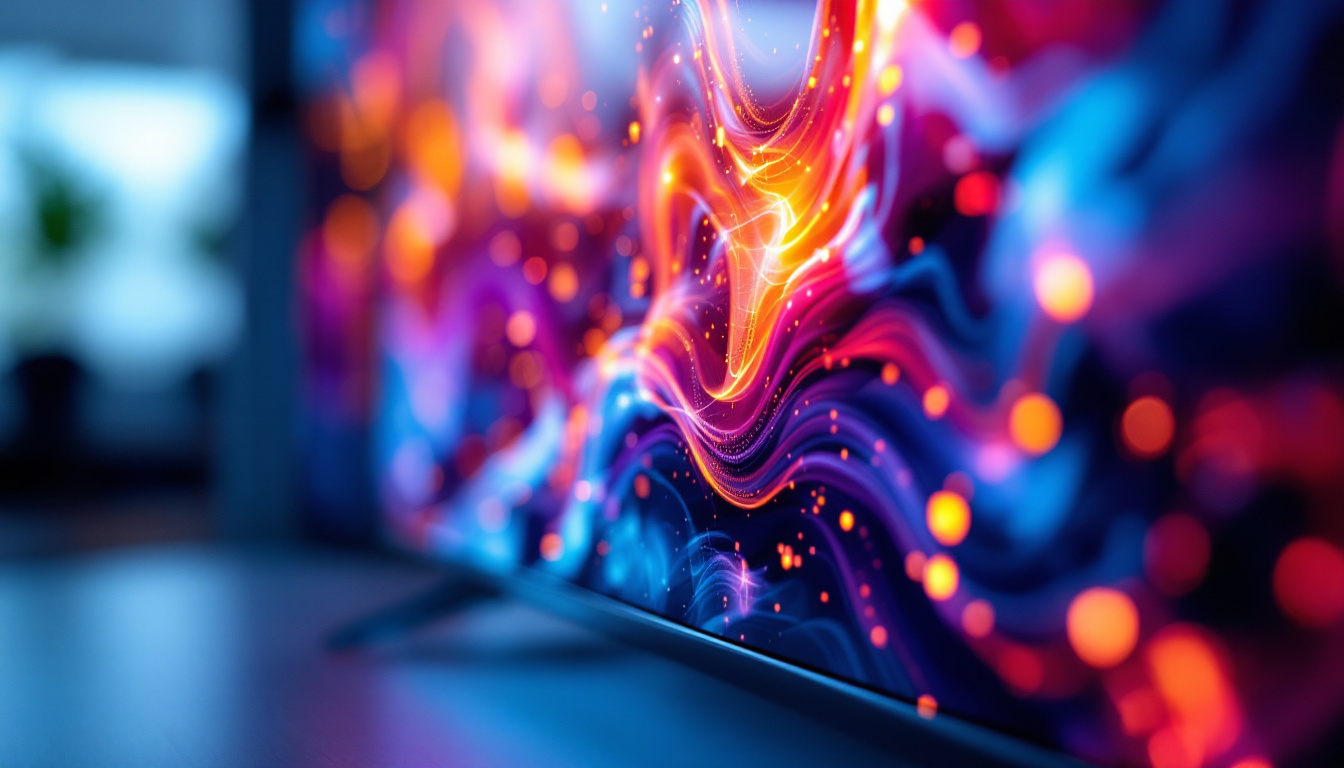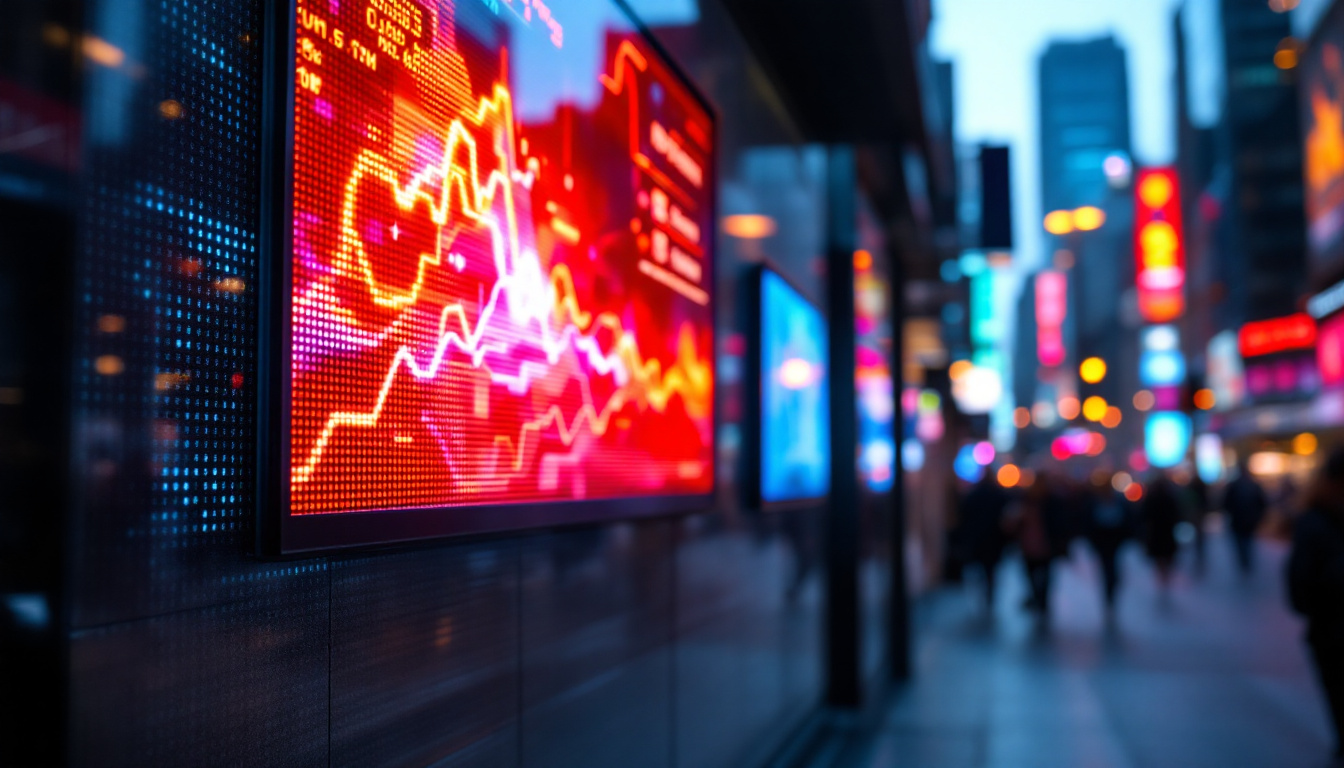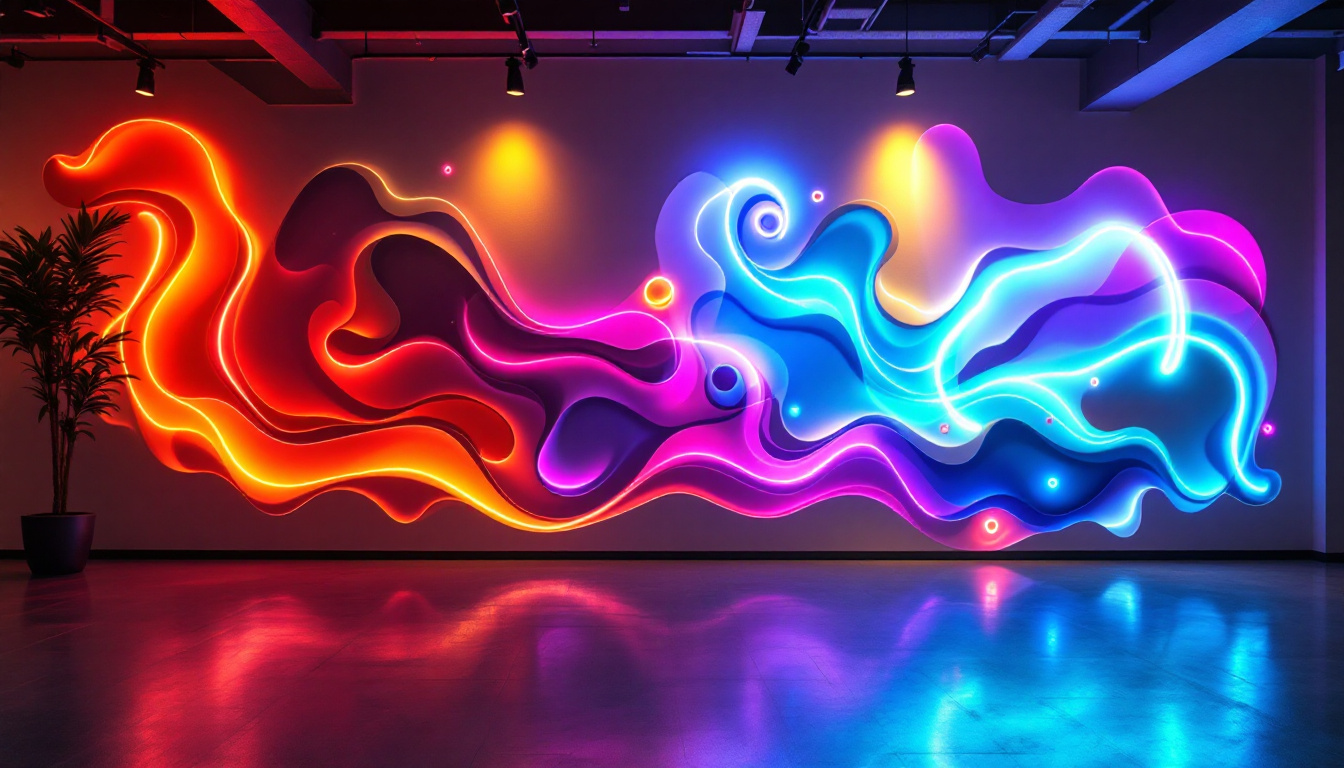The Matrixcare System has revolutionized the way healthcare facilities operate, particularly with its advanced LED display technology. This article delves into the intricacies of the Matrixcare System’s LED display, exploring its features, benefits, and the impact it has on healthcare management. Understanding this technology can provide insights into how it enhances operational efficiency and improves patient care.
Understanding the Matrixcare System
The Matrixcare System is a comprehensive software solution designed to streamline operations within healthcare settings. It integrates various functionalities, including electronic health records (EHR), billing, and scheduling, into a single platform. One of the standout features of this system is its LED display technology, which serves as a vital communication tool within healthcare environments.
What is LED Display Technology?
LED (Light Emitting Diode) display technology has become increasingly popular in various industries, including healthcare. In the context of the Matrixcare System, LED displays are utilized to convey critical information quickly and efficiently. These displays are known for their clarity, brightness, and energy efficiency, making them ideal for busy healthcare settings.
LED displays can showcase a variety of information, from patient data to real-time updates on facility operations. Their ability to present information in a visually appealing manner enhances communication among staff and between healthcare providers and patients. Furthermore, the use of LED technology minimizes eye strain, which is particularly beneficial in environments where staff may be required to read data for extended periods.
Key Features of the Matrixcare LED Display
The Matrixcare LED display boasts several features that set it apart from traditional display systems. Firstly, the high-resolution screens ensure that information is presented clearly, reducing the likelihood of miscommunication. Additionally, the displays are designed to be user-friendly, allowing staff to navigate and update information with ease.
Another significant feature is the adaptability of the LED displays. They can be customized to show specific information relevant to different departments or areas within a healthcare facility. This flexibility ensures that staff members have access to the information they need, when they need it. For instance, in a busy emergency room, the LED display can prioritize urgent patient alerts, while in a waiting area, it can provide patients with estimated wait times and updates on their care process.
Moreover, the integration of real-time data feeds into the LED displays allows healthcare providers to stay informed about critical metrics, such as bed availability and patient flow. This capability not only aids in operational efficiency but also enhances patient satisfaction by ensuring that care is delivered promptly and effectively. The ability to display multilingual information further broadens the accessibility of the Matrixcare System, catering to diverse patient populations and ensuring that everyone receives the necessary information in a language they understand.
Benefits of Using LED Displays in Healthcare
Implementing LED displays within the Matrixcare System offers numerous advantages that can significantly enhance healthcare operations. These benefits extend beyond mere aesthetics, impacting various aspects of patient care and staff efficiency.
Improved Communication
Effective communication is crucial in healthcare settings, where timely information can make a significant difference in patient outcomes. LED displays facilitate real-time communication among staff members, ensuring that everyone is on the same page. Whether it’s displaying patient statuses, alerts, or updates on procedures, these displays help eliminate confusion and streamline workflows.
Moreover, LED displays can also be used to communicate with patients and their families. For instance, they can provide information about wait times, upcoming appointments, or educational content about health and wellness. This transparency fosters trust and enhances the overall patient experience. Additionally, by displaying health tips or wellness programs, healthcare facilities can promote proactive health management, encouraging patients to engage in their own care and make informed decisions about their health.
Enhanced Operational Efficiency
Operational efficiency is a key focus for healthcare facilities, and LED displays play a vital role in achieving this goal. By providing real-time data, these displays enable staff to make informed decisions quickly. For example, they can monitor patient flow, track resource availability, and identify bottlenecks in operations.
Additionally, the integration of LED displays with the Matrixcare System allows for automated updates, reducing the need for manual data entry. This not only saves time but also minimizes the risk of errors associated with human input. As a result, healthcare providers can focus more on patient care rather than administrative tasks. Furthermore, LED displays can be programmed to showcase critical metrics, such as patient satisfaction scores or staff performance indicators, fostering a culture of accountability and continuous improvement within the healthcare team. By visually representing these key performance indicators, staff can remain motivated and aligned with the facility’s goals, ultimately leading to better patient outcomes and enhanced service delivery.
Applications of LED Displays in the Matrixcare System
The applications of LED displays within the Matrixcare System are vast and varied. They can be employed in numerous ways to enhance both patient care and operational workflows.
Patient Monitoring
One of the primary applications of LED displays is in patient monitoring. These displays can provide real-time updates on patient vitals, alerting staff to any changes that may require immediate attention. This capability is particularly crucial in high-acuity areas such as intensive care units (ICUs) and emergency departments.
By having this information readily available, healthcare providers can respond more swiftly to patient needs, ultimately improving outcomes. The ability to visualize data trends over time can also aid in clinical decision-making, allowing for more personalized patient care. For instance, trends in heart rate or oxygen saturation can be easily tracked, enabling healthcare professionals to identify potential issues before they escalate. Moreover, the integration of LED displays with other monitoring systems can facilitate a more comprehensive view of a patient’s condition, enhancing the overall quality of care.
Wayfinding Solutions
Navigating a healthcare facility can often be a daunting task for patients and visitors. LED displays can serve as effective wayfinding solutions, guiding individuals to their desired locations within the facility. These displays can show maps, directions, and even estimated travel times to various departments.
By enhancing the wayfinding experience, healthcare facilities can reduce patient anxiety and improve satisfaction. Clear signage and directions can also minimize delays, ensuring that patients arrive at their appointments on time. Additionally, LED displays can be programmed to provide real-time updates about wait times or changes in appointment schedules, further assisting visitors in planning their journeys within the facility. This dynamic approach not only streamlines the patient experience but also optimizes the flow of foot traffic, which can be crucial during peak hours.
Staff Notifications and Alerts
In a fast-paced healthcare environment, timely notifications are essential. LED displays can be utilized to relay important alerts and notifications to staff members, such as changes in patient status, emergency situations, or updates on policies and procedures.
This capability ensures that all staff members are informed and can respond appropriately to changing circumstances. The immediacy of LED displays allows for a more agile response to situations, ultimately enhancing the safety and quality of care provided. Furthermore, these displays can be customized to show specific alerts based on the department or area, ensuring that the right information reaches the right personnel at the right time. For example, surgical teams can receive updates on operating room availability, while nursing staff can be alerted to critical lab results, thereby facilitating a more coordinated approach to patient care and operational efficiency.
Challenges and Considerations
While the benefits of LED displays in the Matrixcare System are substantial, there are also challenges and considerations that healthcare facilities must address. Understanding these challenges can help organizations implement this technology more effectively.
Cost Implications
Implementing LED display technology can involve significant upfront costs. Healthcare facilities must consider the initial investment in hardware, software, and installation. Additionally, ongoing maintenance and updates may incur further expenses.
However, it is essential to weigh these costs against the potential benefits. Improved communication, enhanced operational efficiency, and better patient outcomes can lead to long-term savings and a higher return on investment.
Training and Adoption
Another challenge is ensuring that staff members are adequately trained to use the new technology. Resistance to change can be a barrier to successful implementation. Therefore, healthcare organizations must invest in training programs to familiarize staff with the Matrixcare System’s LED displays.
Encouraging a culture of adaptability and providing ongoing support can facilitate smoother transitions. Engaging staff in the process and demonstrating the benefits of the technology can also enhance adoption rates.
The Future of LED Displays in Healthcare
The future of LED display technology in healthcare is promising, with advancements continually emerging. As technology evolves, so too will the capabilities of LED displays within systems like Matrixcare.
Integration with Emerging Technologies
As healthcare increasingly embraces digital transformation, the integration of LED displays with emerging technologies will become more prevalent. For instance, incorporating artificial intelligence (AI) could enhance the functionality of LED displays by providing predictive analytics and personalized information to both staff and patients.
Additionally, the integration of Internet of Things (IoT) devices can enable LED displays to pull data from various sources, providing real-time updates on patient conditions and resource availability. This interconnectedness will further streamline operations and enhance patient care.
Personalization and Customization
Future LED displays may also focus on personalization, tailoring information to individual patients and staff members. For example, displays could show personalized health information, reminders, and educational content based on patient demographics and medical history.
This level of customization can significantly enhance the patient experience, making healthcare more patient-centered. For staff, personalized dashboards can provide relevant information at a glance, improving efficiency and decision-making.
Conclusion
The Matrixcare System’s LED display technology represents a significant advancement in healthcare operations. By enhancing communication, improving operational efficiency, and providing real-time information, these displays play a crucial role in delivering high-quality patient care.
While challenges exist, the benefits of implementing LED displays far outweigh the potential drawbacks. As technology continues to evolve, the future of LED displays in healthcare promises even greater advancements, paving the way for more efficient, effective, and patient-centered care.
In summary, understanding the Matrixcare System’s LED display technology is essential for healthcare facilities aiming to enhance their operations and improve patient outcomes. Embracing this technology can lead to transformative changes in the way healthcare is delivered, ultimately benefiting patients and providers alike.
Discover LumenMatrix LED Display Solutions
As you consider the transformative potential of LED display technology in healthcare, LumenMatrix stands at the forefront, ready to elevate your facility’s communication and operational capabilities. With a comprehensive range of innovative solutions, from Indoor and Outdoor LED Wall Displays to specialized options like Vehicle LED Displays and LED Sports Displays, LumenMatrix is committed to enhancing your brand’s visibility and creating immersive visual experiences. Embrace the future of healthcare with LumenMatrix’s cutting-edge LED display modules, designed to captivate, engage, and deliver your message with unparalleled impact. Check out LumenMatrix LED Display Solutions today and see how we can help you transform your healthcare environment.

